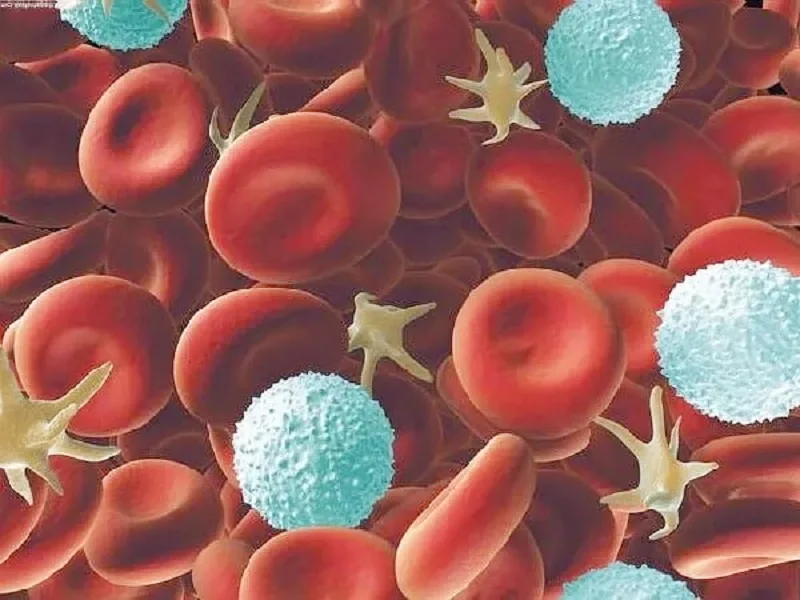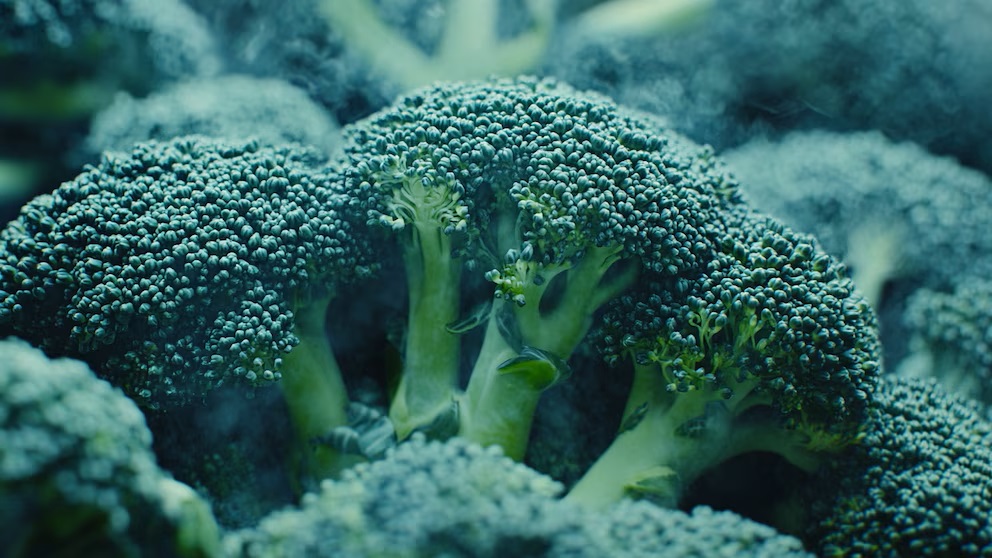For more than a century, we’ve been classifying blood types based on two characteristics: blood antigens and Rh factor. Four blood groups based on antigens (O, A, B, AB) and two groups based on Rh factor (positive or negative) allow us to assign people’s blood to one of eight categories. But, as always, there are exceptions, and one of them has intrigued scientists since the 1970s. Until now.
A new blood type. A study conducted by scientists at the University of Bristol has described a new blood type, AnWj (positive or negative). According to the study, the key to this group lies in the MAL gene, which codes for a protein of the same name found on the surface of red blood cells.

The system is more complex than it appears. Antigens surrounding the cell wall of red blood cells are the basis of blood transfusion. The presence of antibodies associated with these types of molecules means that some transfusions are associated with complications. For example, if a person from group A receives a blood transfusion from a person from group B, antibodies bound to A antigens will attack the newly arrived cells.
There are two key systems, AOB and Rh factor, which are key because they are the ones that represent the greatest diversity and therefore the greatest likelihood that a blood transfusion could lead to incompatibility. However, to date we have identified more than forty variants that, although affecting a small proportion of the population, need to be considered.
50 years of mystery. The AnWj antigen was discovered in 1972, but only now have we discovered the genetic basis for the existence of AnWj-negative people, that is, people whose cells do not contain this antigen on their surface. This absence occurs in less than 0.1% of humanity and is usually due to hematologic and cancer diseases.
MAL gene. The team responsible for this discovery investigated several known cases of AnWj-negative people who were not as a result of a disorder. They found that this antigen is located on the Mal protein. They found that people who test negative for AnWj lack complete copies of the Mal protein.
“The work was challenging because genetic cases are very rare. We would not have achieved this without exome sequencing because the gene we identified was not an obvious candidate, and we know little about the Mal protein in red blood cells,” study co-author Louise Tilley explained in a press release.

Details of the study are published in an article in the journal Blood.
Less risk in blood transfusions. It’s important to know the different blood types, including those found in only a small portion of the world’s population. The more we know about these groups, the better our ability to prevent transfusion-related complications.
“It is now possible to develop genotyping tests to identify AnWj-negative patients and donors,” added Nicole Thornton, also on the team responsible for this work.

































